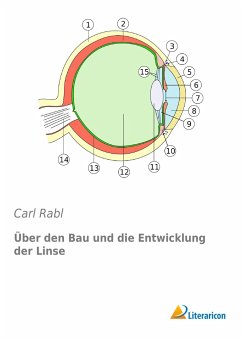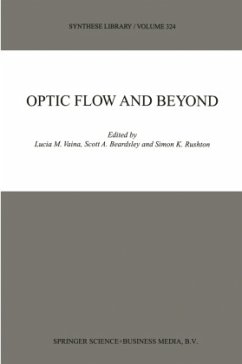
Perception of the Visual Environment
Versandkostenfrei!
Versandfertig in 1-2 Wochen
38,99 €
inkl. MwSt.
Weitere Ausgaben:

PAYBACK Punkte
19 °P sammeln!
This is a text book aimed at a student taking a course on visual perception. Throughout, the book considers what it means for a man, a monkey and a computer to perceive the world. After an introduction to the subject and a discussion of methods, the book deals with how the environment produces a physical effect, how the resulting "image" is processed by the brain or by computer algorithms in order to produce a perception of "something out there". The book discusses color, form, motion, distance, and also the sensing of three dimensionality. Visual perception and its role in awareness and consciousness is then discussed. The book finishes up with discussions of perceptual development, blindness, and visual disorders. Visual perception is by its very nature an interdisciplinary subject that requires a basic understanding of a range of topics from diverse fields. This book provides a very readable guide to all students whether they come from a neuroscience, psychology, cognitive science, robotics, or philosophy background.
detailed historical description of how the facts presented here were or- inally discovered. The text strives to explain in a manner that can be grasped by undergraduates the major ideas and scienti?c discoveries that have allowed us to understand perception as it occurs in humans. A similarly hard choice was deciding how many citations to include to the primary scienti?c literature. Almost every paragraph in this book could have numerous citations to published studies or references to the names of individuals who developed the ideas being discussed. However, speci?c citations are not included in the text, which only refers to a few individual scientists by name, thereby neglecting a vast army of other researchers who made the discoveries summarized here. In some cases, particularly when describing a very speci?c ?nding or set of studies by contemporary workers, the name of the author in whose lab the study was conducted is mentioned. However, the inclusion of num- ous citations or names of scientists interfered with the primary goal of introducing the major concepts and facts in an uncluttered manner. Also, at times, complex results had to be simpli?ed in a manner that remains true to the spirit of the original research ?ndings, but may differ enough in some speci?c details that a speci?c citation might give offense rather than credit. To compensate, a limited list of suggested readings appears at the end of each chapter.














